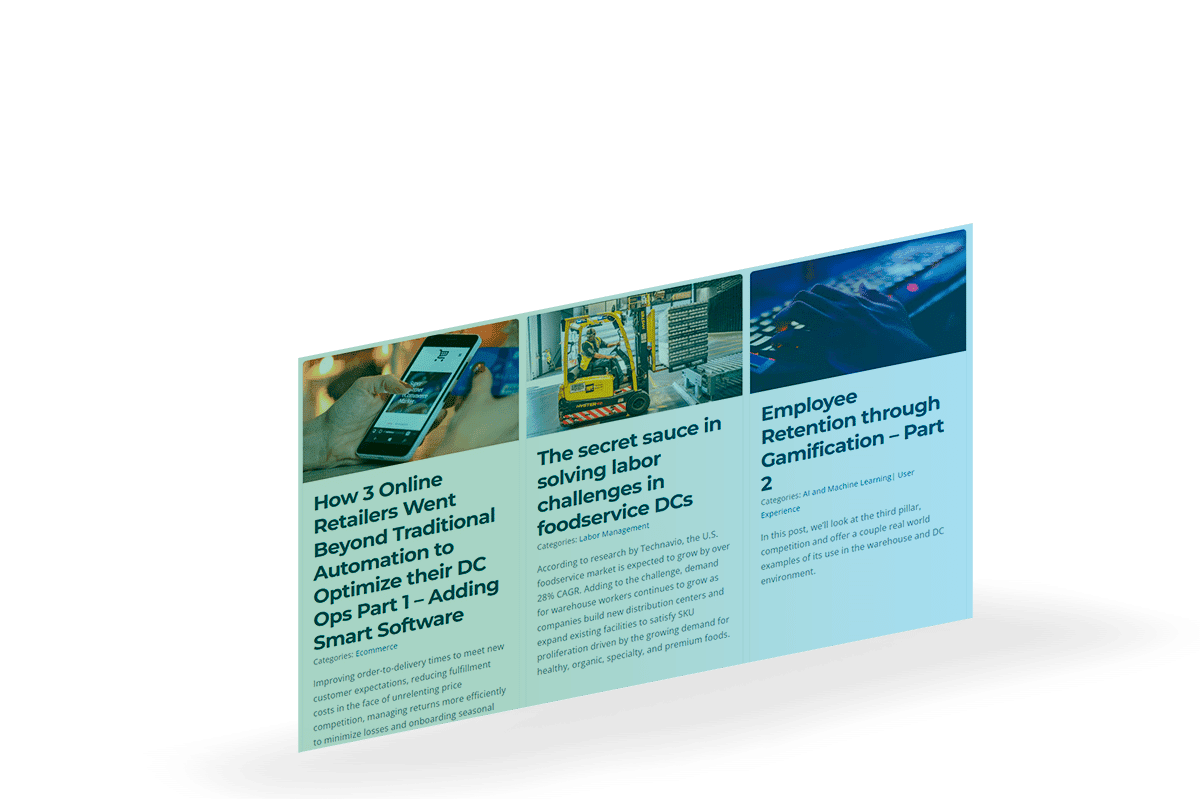Optimize Competitive Returns
In today’s marketplace, understanding and optimizing competitive returns has become essential for businesses looking to enhance profitability and maintain a competitive edge. According to recent statistics, companies that effectively manage their returns can increase their operational efficiencies by up to 30%. This article will delve into the intricacies of competitive returns optimization, guiding you through the necessary steps to achieve operational excellence.
Throughout this article, readers will discover the underlying principles that govern successful return management, explore innovative strategies, and witness real-world examples of companies that have effectively optimized their returns. By integrating these insights, you will be well-equipped to enhance your business’s operational performance and customer satisfaction.
This article is structured into several key sections:
- Understanding Competitive Returns
- Identifying Costs Associated with Returns
- Data-Driven Decision Making
- Implementing Best Practices
- Utilizing Technology for Optimization
- Case Studies: Brands that Excel in Return Management
- Future Trends in Return Optimization
As we explore these topics, keep in mind that every business, whether large or small, can significantly benefit from implementing a robust competitive returns strategy.
Understanding Competitive Returns
The term “competitive returns” refers to the practice of managing product returns in a way that not only minimizes losses but also enhances customer satisfaction and loyalty. Understanding the dynamics of this process is pivotal.
Key Elements of Return Management
Several key elements contribute to effective return management:
- Customer Experience: A seamless returns process can greatly improve customer loyalty and repeat business.
- Cost Control: Identifying hidden costs associated with returns can allow companies to cut unnecessary expenditures.
- Product Quality: Declining return rates can indicate improvements in product quality and customer satisfaction.
Each aspect plays a critical role in the overall performance of the business and necessitates constant evaluation and optimization.
Identifying Costs Associated with Returns
Every return involves costs that can severely impact a company’s bottom line. Identifying these costs is the first step in managing them effectively.
Types of Costs Incurred
Some common costs associated with managing returns include:
- Shipping Costs: Costs incurred in sending products back can accumulate quickly.
- Restocking Fees: These costs arise from processing returned items back into inventory.
- Loss of Sales: When products are returned, potential future sales may also be lost.
To optimize returns, businesses must identify and mitigate these costs through strategic planning.
Data-Driven Decision Making
In an era where data is paramount, using analytics to inform return strategies cannot be overstated. Businesses that leverage data see marked improvements in their return management approaches.
Implementing Data Analysis
Consider implementing the following methods:
- Return Rate Tracking: Identify trends and patterns in return requests over time.
- Customer Feedback Analysis: Use surveys and feedback forms to gather insights about the return experience.
- Product Performance Metrics: Analyze product data to identify high-return items.
These methods can unveil actionable insights that inform more effective return policies.
Implementing Best Practices
Once costs are identified and data analyzed, the next step is to implement best practices for competitive returns.
Effective Return Policies
Your return policy should be clearly stated and easy to understand. Consider these best practices:
- Simplification: Make the returns process as simple as possible for the customer.
- Visibility: Ensure that customers are aware of return options during the purchasing process.
- Flexibility: Offer multiple return options to accommodate different customer needs.
Implementing these practices can drastically minimize the friction associated with returns.
Utilizing Technology for Optimization
Incorporating technology into return management processes can greatly enhance operational efficiency.
Tools and Software to Consider
Some effective tools for optimizing competitive returns include:
- Return Merchandise Authorization (RMA) Systems: Manage and track returns effectively.
- Inventory Management Software: Keep tabs on returned items and their restocking.
- Analytics Platforms: Analyze return patterns and customer behavior.
Technology will enable a seamless return experience for both businesses and customers alike.
Case Studies: Brands that Excel in Return Management
Examining successful brands can provide invaluable insights into the best practices for return management.
Examples of Success
Consider these industry leaders:
- Zappos: Known for its customer-first approach, Zappos offers free returns and a 365-day return policy.
- Amazon: With its innovative return options, Amazon allows customers to process returns through various convenient channels.
Studying such brands shows how exceptional return policies can drive customer loyalty and enhance business performance.
Future Trends in Return Optimization
As consumer behavior continues to evolve, so too must return management strategies. Staying ahead of trends is essential for long-term success.
Emerging Trends to Watch
Key trends likely to influence return optimization include:
- Augmented Reality: AR technology may soon allow customers to visualize products better, leading to reduced mismatching returns.
- Sustainability Practices: Customers are increasingly looking for eco-friendly return options.
- Personalization: Tailoring return experiences based on customer history and preferences may enhance satisfaction.
By adapting to these trends, businesses can create agile return policies that resonate with modern consumers.
Conclusion
In conclusion, optimizing competitive returns is a multifaceted process that can lead to improved customer satisfaction, reduced costs, and enhanced operational efficiency. From understanding the intricacies of return management to embracing technology and analyzing data, each step contributes to a cohesive strategy that benefits both the business and its customers.
As we look to the future, keeping pace with emerging trends will allow businesses to remain competitive in a rapidly evolving market. Implement the strategies discussed in this article to transform your return management approach, ensuring that your business thrives even in the face of challenges.
Ready to optimize your competitive returns strategy? Begin by assessing your current return processes today! For additional insights, you may also find useful information in these articles: Effective Return Management Strategies and Understanding E-commerce Returns.

